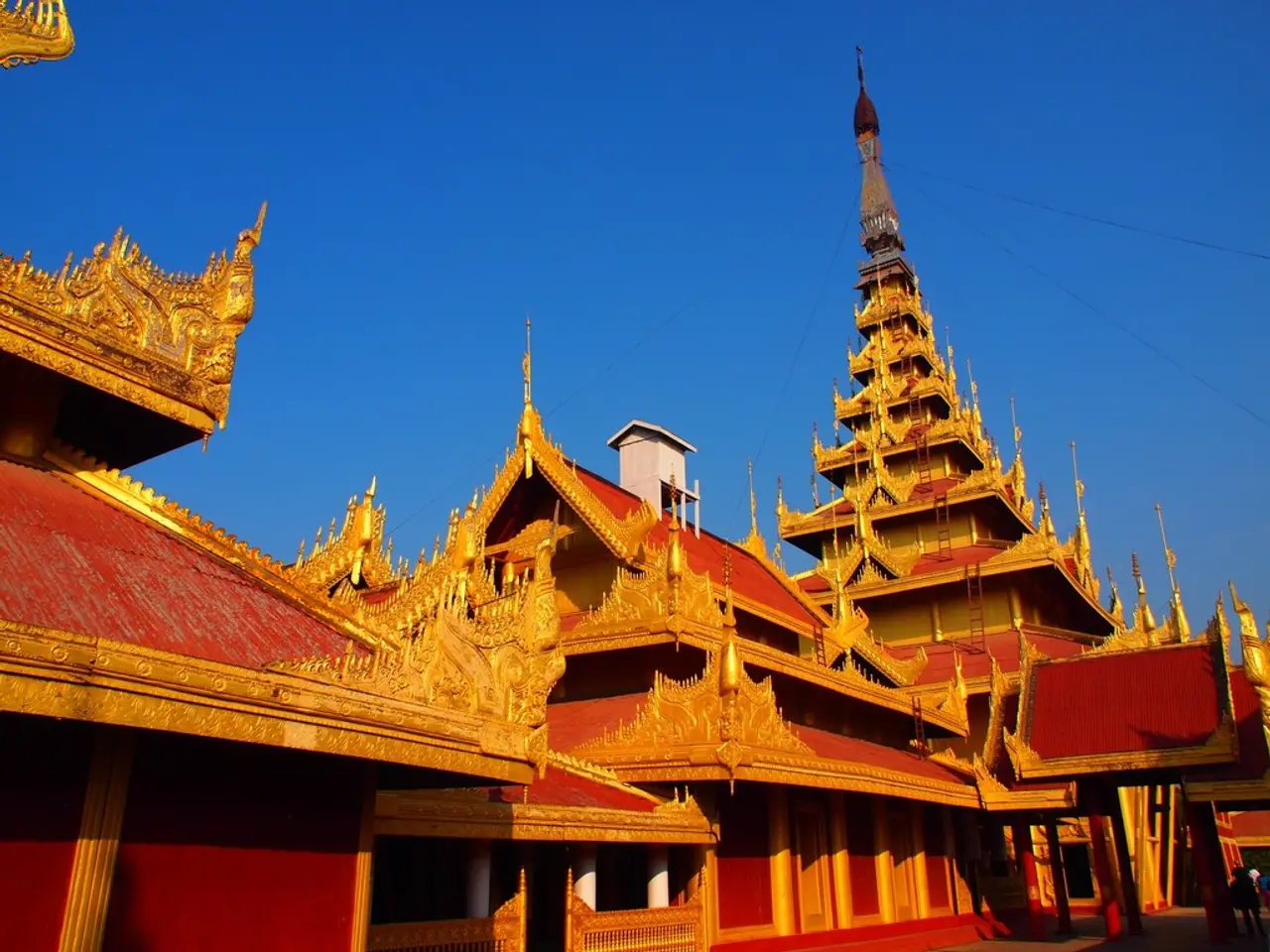Striving to boost traditional art within Tây Ninh
In a bid to safeguard and elevate the cultural heritage of Tai Tu music and Caai Luong, two provinces in southern Vietnam - Tay Ninh and Long An - have implemented strategic initiatives.
The Vàm Cỏ Troupe, a cultural ambassador bridging the historical, poetic, and artistic connections between the two provinces, has been instrumental in this endeavour. The troupe, which covers an area of 8,500 square kilometres and a population of over 3.2 million people in Tây Ninh Province, received awards for best play for Cuộc Đời Của Mẹ at the festival in 2018 and Bên Dòng Long Khốt in 2022. Notably, Người Con Của Rừng Tràm, a play by the Vàm Cỏ Troupe, won the best play award at the biennial National Cải Lương Festival held in Cần Thơ City last November.
Tai Tu music, the prototype for vọng cổ (nostalgic tunes) and cải lương (reformed opera) of southern Việt Nam, was recognized as an Intangible Cultural Heritage of Humanity by UNESCO in 2013. It originated more than 100 years ago in the region, with Ba Đợi, a mandarin who arranged nhã nhạc (royal music) and composed Tai Tu music to popularize nhã nhạc.
Long An Province, where the Cả Cương Troupe, founded by Ba Đợi, was based, previously issued a project to preserve and develop Tai Tu music by 2026. The project focused on free training, exchanges among art troupes, and supporting clubs to boost their operations and quality. Following a merger, the Cả Cương Troupe is now known as the Vàm Cỏ Troupe.
To achieve these goals, three key strategies have been employed:
- Training Methods: Comprehensive training programs combine traditional techniques with modern pedagogical approaches. Experienced masters and practitioners of Tai Tu and Caai Luong teach younger generations, ensuring the transmission of authentic skills and styles. Music education is integrated into local schools and cultural centers to raise awareness and nurture talent early. Media and technology platforms are utilised for wider access to learning and archival preservation.
- Tourism Integration: Tai Tu and Caai Luong performances are embedded into regional tourism itineraries, showcasing these art forms as unique cultural experiences for visitors. Dedicated cultural venues or regular events/festivals in Tay Ninh and Long An celebrate these traditions, attracting tourists. Tour operators collaborate to create packages combining cultural shows with heritage and natural sightseeing in these provinces. Marketing campaigns highlight the significance and uniqueness of Tai Tu and Caai Luong to domestic and international tourists.
- Quality Enhancement of Performances: Investments in high-quality costumes, instruments, and stage settings reflect traditional aesthetics while improving audience appeal. Workshops and exchanges with experts refine performance techniques and stagecraft. Innovation within the art forms is encouraged to keep them relevant without compromising their cultural essence. Performances are recorded and professionally produced to raise standards and create promotional materials.
While direct search results specifically about Tai Tu and Caai Luong in Tay Ninh and Long An were not found, these approaches align with general best practices for cultural preservation and promotion observed in Vietnam’s other cultural heritage fields and tourist activities. Integrating training, tourism, and performance quality efforts can create a sustainable ecosystem supporting these traditional music and opera styles in those provinces.
Outstanding Tai Tu musicians and Caai Luong artists such as People's Artist Bảy Vân, People's Artist Huỳnh Nga, and Meritorious Artist Huỳnh Nga were born in Long An Province. The Vàm Cỏ Cải Lương Troupe is striving to protect and promote the cultural values of Caai Luong among the community, especially people living in remote areas and the border region.
One measure to develop Tai Tu music is turning it into tourism products, including performances and workshops at tourism sites or homestays. The project to preserve and develop Tai Tu music by 2026 in Long An Province, with a cost of VNĐ10 billion (US$381,100) and funded from the state budget and social capital, is a testament to the commitment to preserving this rich cultural heritage.
- The strategic initiatives in Tay Ninh and Long An provinces aim to safeguard and elevate not only Tai Tu music and Caai Luong, but also potentially other forms of sports, technology, war, culture, music, science, AI, lifestyle, fashion-and-beauty, food-and-drink, home-and-garden, relationships, travel, cars, and education-and-self-development.
- By employing comprehensive training programs that combine traditional techniques with modern pedagogical approaches, these initiatives aim to ensure the transmission of authentic skills and styles in various fields, such as sports, technology, and education-and-self-development.
- The integration of these traditional arts forms into regional tourism itineraries can provide unique cultural experiences for tourists, just as one might explore museums showcasing technological advancements or visit natural wonders in home-and-garden settings.
- Dedicated cultural venues or regular events/festivals in Tay Ninh and Long An provinces celebrate not only Tai Tu music and Caai Luong, but also the essence of sports, culture, music, and lifestyle, attracting tourists who appreciate these aspects of life.
- Workshops and exchanges with experts not only refine performance techniques and stagecraft in Tai Tu music and Caai Luong, but also enhance skills in other fields such as AI, cars, and fashion-and-beauty.
- Investments in high-quality costumes, instruments, and stage settings in Tai Tu music and Caai Luong performances can inspire similar artistic improvements in fashion design, car customization, or home decor.
- The Vàm Cỏ Cải Lương Troupe's efforts to protect and promote the cultural values of Caai Luong among the community can serve as a model for groups dedicated to preserving the cultural heritage of fashion-and-beauty, food-and-drink, or any other aspects of lifestyle.
- The project to preserve and develop Tai Tu music by 2026 in Long An Province is a testament to the commitment to preserving not only this rich cultural heritage but also other valuable aspects of sports, war, technology, science, and education-and-self-development.




